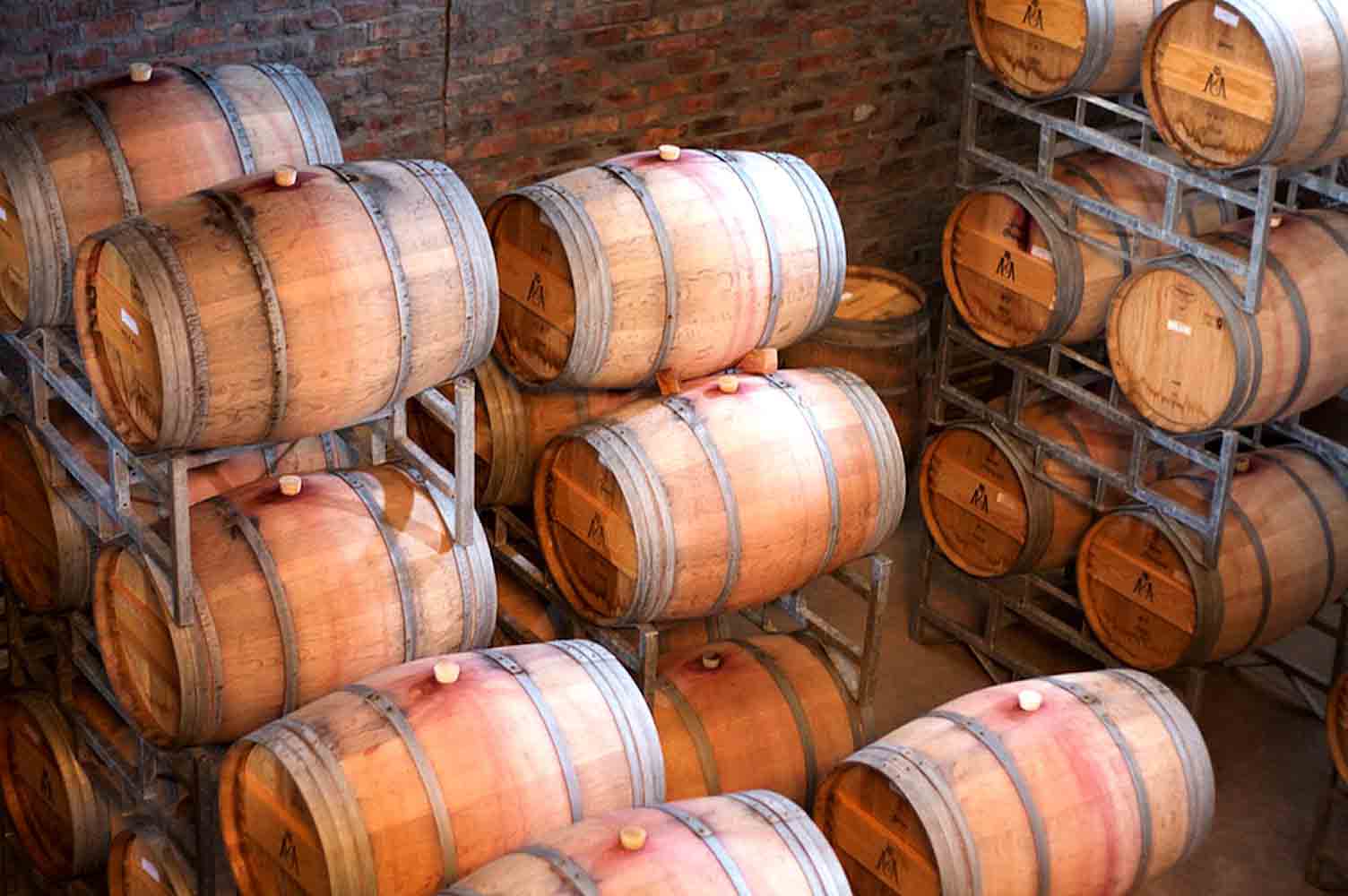Winemaking, a craft that has been refined over centuries, stands as a testament to the marriage of tradition and innovation. From ancient amphorae to state-of-the-art stainless steel tanks, the methods employed in crafting this nectar of the gods have evolved, yet the essence remains rooted in time. Let’s embark on a journey through the annals of winemaking history, exploring the various techniques that have shaped this elixir.
Ancient Beginnings: Amphorae and Stone Presses for winemaking
The origins of winemaking date back thousands of years, and early civilizations had their unique methods. In ancient Mesopotamia, clay amphorae were used to ferment and store wine. These vessels allowed for a controlled environment, preserving the precious liquid from external contaminants. Grapes were often crushed by foot, and the juice flowed into these amphorae to undergo fermentation.
Moving to ancient Greece, the use of stone presses marked a significant advancement. Large stone slabs were used to crush grapes efficiently, extracting the juice for fermentation. The Greeks also began to recognize the importance of vineyard location, a concept that continues to influence winemaking today.
The Roman Touch: Barrel Aging and Vineyard Classification
The Romans, avid enthusiasts of wine, brought their own innovations to winemaking. They introduced the use of wooden barrels for aging, enhancing the flavors and aromas of the wine. This practice would endure for centuries, evolving into the barrel aging techniques employed by modern winemakers.
Furthermore, the Romans classified vineyards based on their quality and the resulting wines. This marked the birth of the concept of terroir, acknowledging the influence of soil, climate, and geography on the characteristics of the wine. This idea has become central to modern winemaking, with vineyards around the world priding themselves on their unique terroir.
Medieval Monasteries: Preservation and Progress
During the medieval period, monasteries played a pivotal role in preserving and advancing winemaking knowledge. Monks, with their dedication to precision and detail, meticulously documented winemaking techniques. They experimented with different grape varieties and fermentation methods, contributing to the refinement of wine production.
Monasteries also played a crucial role in introducing the aging potential of wines. The concept of cellaring wines in cool, dark spaces became widespread, allowing wines to develop complexity and depth over time. This laid the foundation for the fine wines we cherish today.
The Renaissance: Glass Bottles and Cork Closures
The Renaissance brought about significant changes in winemaking, with the introduction of glass bottles and cork closures. This innovation revolutionized wine storage and aging. Glass provided a transparent vessel, allowing producers and consumers to appreciate the wine’s color, while cork closures proved more effective in sealing bottles and preventing oxidation.
With the ability to age wines for extended periods, the Renaissance era marked a shift towards a more nuanced and sophisticated appreciation of wine. The notion of vintage, indicating the year of harvest, gained prominence during this period.
Modern Era: Technology and Innovation
The Industrial Revolution ushered in a new era of winemaking, characterized by technological advancements. The introduction of stainless steel tanks, temperature-controlled fermentation, and mechanized harvesting transformed the industry. These innovations allowed for greater consistency in wine production and expanded the geographical range where grapes could be grown.
The 20th century witnessed a surge in scientific understanding of winemaking processes. From the identification of specific yeast strains for fermentation to the role of oak barrels in shaping flavors, winemakers embraced a more scientific approach while continuing to honor traditional techniques.
Winemaking: A Tapestry of Tradition and Progress
As we navigate the intricate history of winemaking, it becomes clear that each era has added a unique thread to the rich tapestry of this ancient craft. The methods may have evolved, but the core principles of respecting the land, understanding the grape, and allowing time to work its magic remain unchanged.
Winemaking is an art form that transcends generations, weaving together the wisdom of the past with the innovations of the present. With each sip, we not only taste the flavors of the grape but also savor the history and craftsmanship that have gone into creating this timeless elixir. Cheers to the artisans of the vine whose dedication continues to make every bottle a journey through time.
